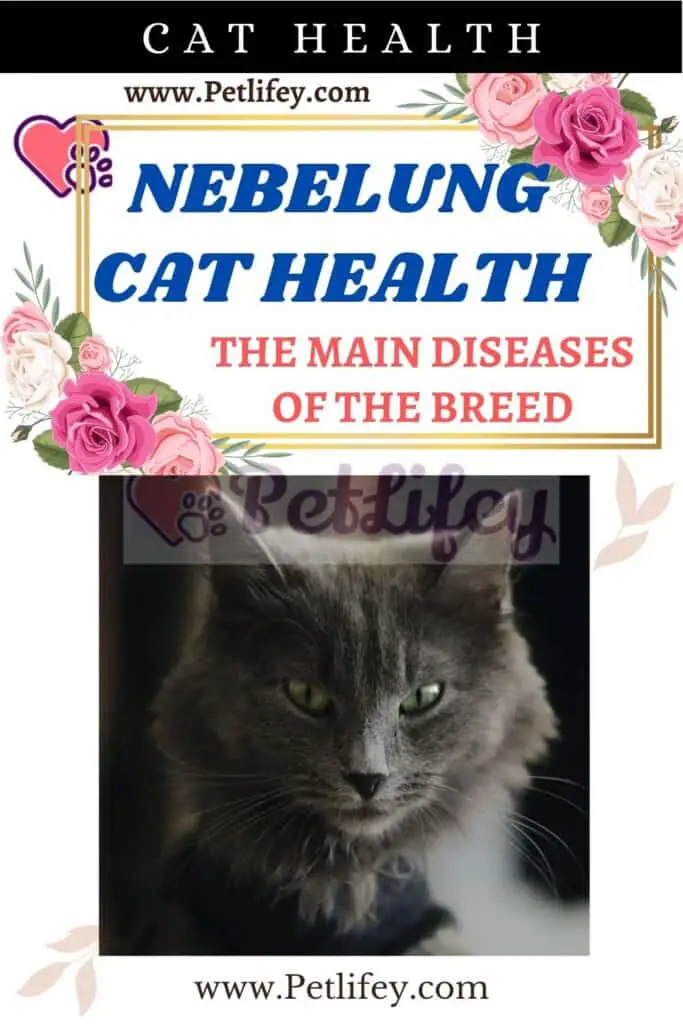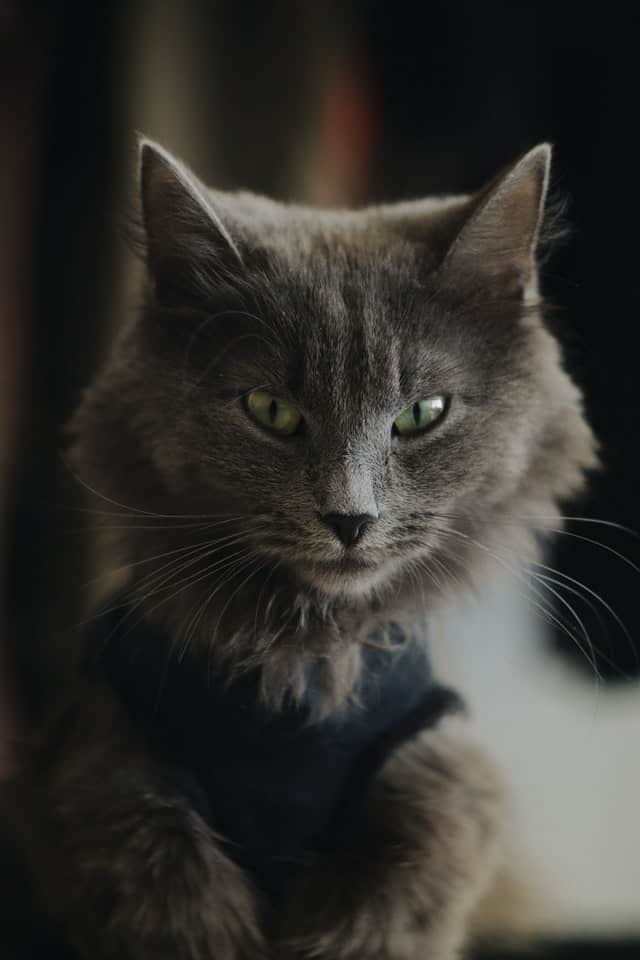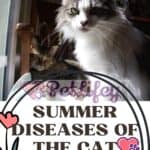Diseases of the Nebelung cat: the most common pathologies in this cat breed with emerald green eyes. Let’s see what they are.

The proverbial 7 lives of the cat is just a legend attributed to this animal due to its extraordinary physical abilities.
Therefore, if we want to share our life with the cat that we have decided to welcome as long as possible, we must take care of it and be able to recognize any diseases that could affect the animal.
In this article, in particular, we will go to know what the diseases of the Nebelung cat.
Everything you need to know about the health of this breed, before taking it home and taking care of it.
Diseases of the Nebelung cat

The Nebelung is a medium-sized cat with a long, very muscular body that is both agile and graceful at the same time.
The Nebelung cat is native to Russia and the United States, born in the 1980s from a cross between a Russian Blue male and a Main Coon female.
It was recognized by the most important feline associations as a breed in its own right, which later became popular in different areas of the world.
It is an elegant and sturdy cat breed of about 6 kilos, has a wonderful long hair and a fascinating cut of almond-shaped or round emerald green eyes.
The Nebelung cat, if well cared for, can have a long life and reach up to 16 years of age, as it does not suffer from particular pathologies attributable to the breed.
Obviously, like all cats, it can, however, be subject to common diseases in felines, that is the pathologies of the oral cavity in cats.
This happens because the cat’s mouth is an extremely exposed part, as the animal uses it not only for eating but also to explore the environment around it.
The diseases of the mouth to which the Nebelung can be subject, can be:
- stomatitis: stomatitis in cats is an inflammation of the mucous membrane of the mouth due to a chronic bacterial infection;
- carcinoma: is a type of cancer of the mucous membranes of the mouth represented by growths, ulcers and mounds of squamous tissue;
- Gingivitis: the gingivitis in cats is inflammation of the gums caused by tartar;
- periodontitis: periodontitis is the infection of the dental tissues and affects the gums and bone;
- dental resorption : this condition prevents the cat from eating properly and drooling frequently, because the part that covers the tooth has completely worn out. In these cases the veterinarian could prescribe some antibiotics or resolve with dental extraction;
- absorption of the enamel : the enamel tends to detach and the cat to swallow it. The teeth will look different than usual, with a tendency to have red spots on the tissues.
Other common diseases in cats
Furthermore, the animal is also subject to infectious diseases, the main ones being the following:
- FeLV: known as feline leukemia, it affects the bone marrow and is caused by a virus of the Retrovirus family, among which there is also the one responsible for FIV itself;
- FIV: a is a feline immunodeficiency syndrome similar to human HIV, transmissible through saliva and blood. It is not curable and there is no vaccine but, if intercepted in time, it can sometimes allow a considerable survival;
- Toxoplasmosis: an infectious disease caused by the parasite Toxoplasma gondii, which finds its final host in the feline where it can reproduce;
- Allergies : the cat can suffer from allergies that can have very different origins;
- Conjunctivitis – inflammation of the mucous membranes of the eye;
- Otitis: is the inflammation of the epithelium that covers the ear canal and the auricle. It often occurs when the cat has low defences;
- Cold : it is a light respiratory disease but which in any case must be treated to avoid complications and also be attacked by secondary diseases of the respiratory tract;
- Mange: It is caused by a mite of which there are several species and subspecies that behave in different ways. It is transmissible to other animals and to humans, there are several types and has symptoms similar to eczema: itching, scabs, patchy hair loss. This disease is also called scabies.






